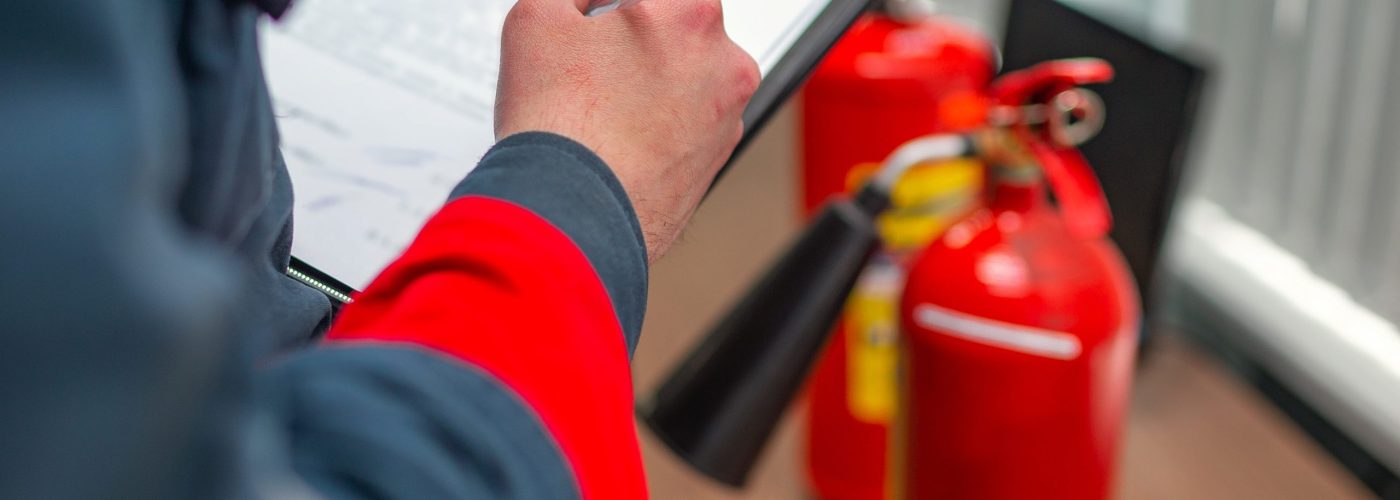Recent developments in fire safety technology are enabling buildings to meet regulations and keep occupants safe without the need to replace the existing façade. Instead of removing external façades deemed unsafe by recent legislation, buildings are now receiving approval from fire safety assessors to install new, cost-effective cavity fire barrier solutions.
Developments in acrylic-graphite based fire sealants, provided and installed by Injecta Fire Barrier, offer a simple yet effective way to keep residents safe by isolating potential emerging fires and preventing the spread of flames between structural voids in cavities.
“As awareness in this new product increases, Fire Engineers and Building Control Officers are approving use of the Injectaclad patented solution to ensure that both new and existing structures are safe, protected, and meet the latest building safety regulations. This method of passive fire protection offers minimal disruption for building occupants, reduces remediation costs, and provides long-lasting security,” states Shaun Tasker, Managing Director at Injecta Fire Barrier.
With the introduction of the Fire Safety Regulations (2021) and the Building Safety Act (2022) following the Grenfell disaster, many existing high-rise residential properties across the UK were deemed unsafe. In particular, challenges arose due to the fire risk created by cavity constructions.
With recent fire safety innovations, property developers are opting to use acrylic-graphite based fire sealants designed to meet rigorous fire safety regulations while enhancing the overall safety of buildings.
“Customers are readily accepting the Injectaclad patented solution to ensure that both new and existing structures are safe, protected, and compliant with the law. The method of fireproofing has minimal disruption for building occupants, comes at a cheaper installation cost, and provides long-lasting security,” adds Shaun.
The material is injected into a specially designed mesh ‘sock’ installed into a wall’s cavity, dividing each floor or party wall. In the event of a fire, when heat breaches the cavity, the Injectaclad material expands, preventing the spread of smoke and fire.
Once activated, the cavity fire barrier delivers up to two hours of certified protection, allowing occupants time to evacuate the building and for the fire to be extinguished.
“We aim to continue installing the life-saving Injectaclad system within UK structures in the years to come, to not only help building owners satisfy fire safety and building regulations, but also keep occupants safe from future fire disasters,” concludes Shaun.
Injecta Fire Barrier is the UK’s first independent approved installer of the patented Injectaclad system. With years of experience in passive fire protection, the company offers their services to help property managers and building owners reduce costs, protect their buildings and occupants, and seamlessly install protective cavity fire barriers.
More information about Injecta Fire Barrier can be found at https://injectafirebarrier.com/





